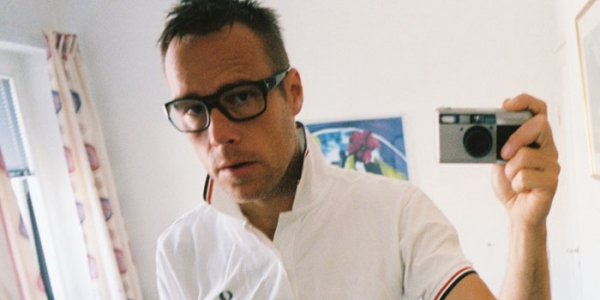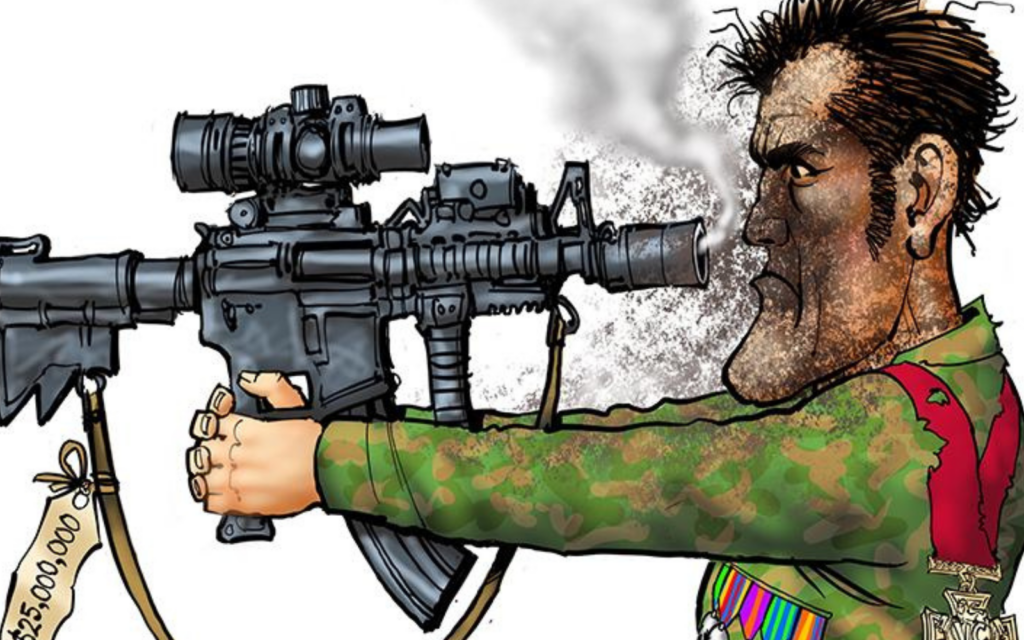In the late 1960s a stream of Swedish documentary film-makers, fascinated by the United States’ internal dramas, sought to document the public and private statements of Black Power leaders. In the 1970s, the cameras were turned on the gritty, drug-infested reality of life in inner-city American cities, most notably the suburban of Harlem in uptown Manhattan. Save for a documentary shown on Swedish television in the early 1970s – which provoked outrage from the United States government, and the recall of the United States ambassador to Sweden – much of the footage remained lost, and with it a large chunk of the world’s consciousness of this significant chapter in American political history.
Swedish documentary film maker Göran Olsson “knew more about the Black Power movement than many other people” in Sweden. Born around the time the same year former Nation Of Islam spokesman Malcolm X was assassinated, Olsson was already a seasoned film-maker when he began to hear rumours of a vast cache of archival footage of material from the Black Power era. “I heard about 20 years ago that there was a lot of footage on the Black Panthers in Sweden,” Olsson says. “Actually some people said there was more footage in Sweden than there was in the United States, which isn’t actually the case. But when I did finally find the footage, I was absolutely blown away. I watched the interview with Angela Davis, and the speech by Stokely Carmichael, and I felt it was my responsibility to get it out to a younger audience,” he says.
The film starts out with footage of Stokely Carmichael, an early leader of the Student Non-Violent Coordinating Committee, itself a key group in the civil rights movement. By the late 1960s Carmichael’s rhetoric had become increasingly confrontational, with Carmichael popularising the term ‘black power’ to characterise efforts of African-Americans to challenge the hegemony of the white ruling class; Carmichael’s discourse would be seized upon by the Black Panther movement and other related radical causes. “Black Power was the first movement that used ‘power’ in the title,” Olsson says. “Later on you had Flower Power, Girl Power, so it became a blue print for other social and political movements.”
Olsson was so impressed with the footage that he uncovered that he decided to blend it together to tell a narrative of the Black Power movement and its fall-out. Black Power Mixtape 1967-1975 combines footage of Carmichael, Davis (interviewed while under arrest for her alleged involvement in the murder of a trial witness) and other notable figures of the era, with footage of Harlem, plagued by the influx of drugs in the early 1970s, and struggling to overcome its negative public image. “To me why this film works, and why I can do it, is that I had this film of the situation, and I know the people who took it,” Olsson says. “I could never do a film of the inner-city suburbs of Chicago, and reality of life there.”
The fact that the footage was taken originally by Swedish journalists and documentary film-makers is important. Sweden, as a neutral country in the Cold War, and at the time led by the left-leaning Prime Minister Olaf Palme, had taken a particular interest in the social dramas of the United States. “I think Sweden and this movement had a much closer connection that many other countries,” Olsson says. “Sweden was a neutral country, with a strong social justice movement. And when people would leave the army bases in Germany, they would often come to Sweden.”
The contrast between the charismatic speeches of Carmichael in 1967 and the footage of young African-American youths shooting up in derelict Harlem apartments in the mid 1970s offers arguably the film’s most confronting moments. “That was not intentional,” Olsson says. “But while I was working on the film I was realising that the focus of the filmmakers was swinging from leaders of the movement to the problems of the cities, so later on you had more focus on drugs and social issues.”
The film also features contemporary commentary from various iconic figures of the era, including Angela Davis. Olsson’s expectations of Davis were drawn from her public image as a serious intellectual; instead, he found her to be a humorous and engaging subject. “All these people in the film were the most sparkling intellects of the time, and the greatest minds,” Olsson says. “When I met Angela Davis I was expecting her to be this serious, intellectual person, but she turned out to be a very funny and witty person who cracked a lot of jokes.”
Olsson has been flattered by the reaction of audiences, especially in the United States, to his film. “The most common reaction is ‘wow, I’ve never seen images of Stokely and Angela before’,” Olsson says. “We’ve had grandparents in Harlem taking their grandchildren downtown to see it. It’s been wonderful to see.”
BY PATRICK EMERY







